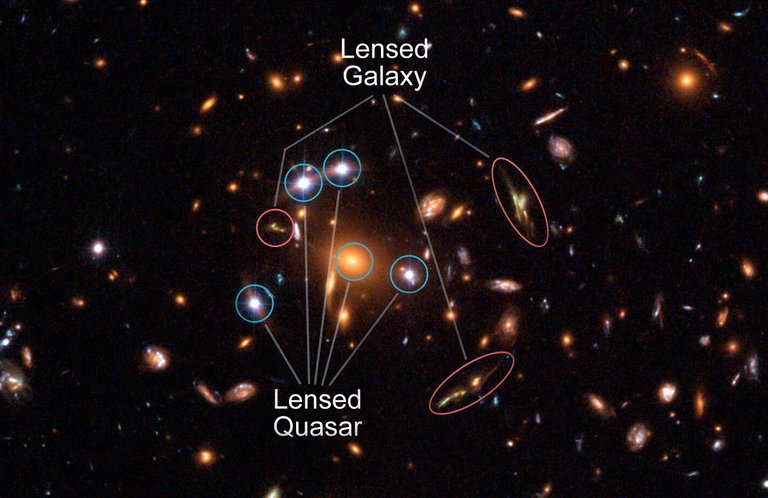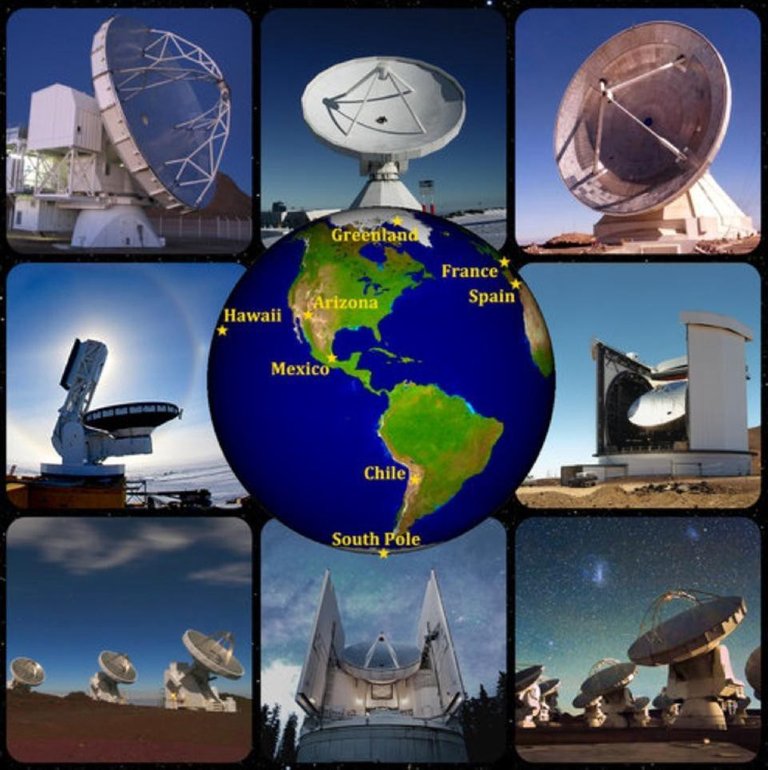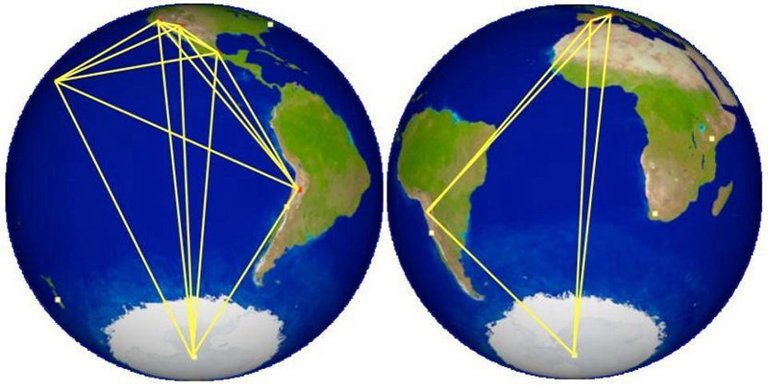Introduction
Today I stumbled across an interesting read by the American astrophysicist Ethan R. Siegel. In his blog post, he described the method being used by the Event Horizon Telescope which is being used to detect black holes directly! Please join me in taking the time to take a deeper look into this exciting new concept! You can access his article [here] as well as from my work cited below.
We will begin our mission by understanding how we currently detect black holes, then will learn about the improvements to these methods made possible by the Event Horizon Telescope
How Do We Currently Detect Black Holes?
An indirect method to detect black holes is by observing its effect on nearby matter. For example, if we were find either a collection of matter (such as a nebula or galaxy) which is being dramatically pulled away from what appears to be the central mass we can then predict the black holes location which would result in the central mass being the center of the masses true orbit.
Here is a video from NASA describing a star from a dwarf galaxy being ripped apart by a black hole! It includes an animation of how we expect it to fall into the black hole.
Another approach is to use observe the light passing near a black hole. Through a process known as gravitational lensing, light waves passing along side a black hole (but outside of its event horizon) are bent and redirected around it. This can create a “ring” of light outlining the black hole and magnifying the surrounding region's brightness.
Here is a capture from the hubble space telescope including gravitational lensing in several galaxies and quasars.

Unfortunately we do not have any actual images because black holes are simply too infrequent and far away from Earth! The black hole which would be the easiest for us to observe is the Sagittarius A* black hole in the center of our galaxy. Despite being the closest to us it is still a stagerting 27,000 light years away!
Here is a depiction of what we might expect:

Using The Event Horizon Telescope
Calling the Event Horizon Telescope a telescope is slightly misleading. Rather than being a single telescope it is an assortment of high power telescopes from around the planet! By focusing multiple telescopes on the same region of space we can essentially create a mega telescope by combining their data into one image. This allows for the Event Horizon Telescope to make out anything objects in a region as small as 15 microarcseconds (uas) or in other words a region of about 4.2 e-9 degrees! Ethan Siegel described this as a small enough angle to resolve a fly on the surface of the moon! With a telescope this powerful we will also be able to resolve the Sagittarius A* black hole.
Here are some images depicting eight of the radio telescopes and how they are connected!


If you have any questions or know anything you would like to add feel free to do so in the comments! Or if you have any suggestions on how I can improve I would love to hear them!
If you enjoyed my content, please consider upvoting to help others find my content or even follow me if you would like to hear more!
Finally, I am always available at thequantumknight658@gmail.com.
Work Cited:
https://science.nasa.gov/astrophysics/focus-areas/black-holes
https://en.wiktionary.org/wiki/arcsecond
https://www.nasa.gov/content/hubble-highlights-shining-a-light-on-dark-matter
https://www.nasa.gov/mission_pages/chandra/news/death-by-black-hole.html
@originalworks
To call @OriginalWorks, simply reply to any post with @originalworks or !originalworks in your message!
Well done! This post has received a 5.00 % upvote from @litasio thanks to: @steemstem-bot. Whoop!
10SPIf you would like to delegate to the @LitasIO you can do so by clicking on the following link: